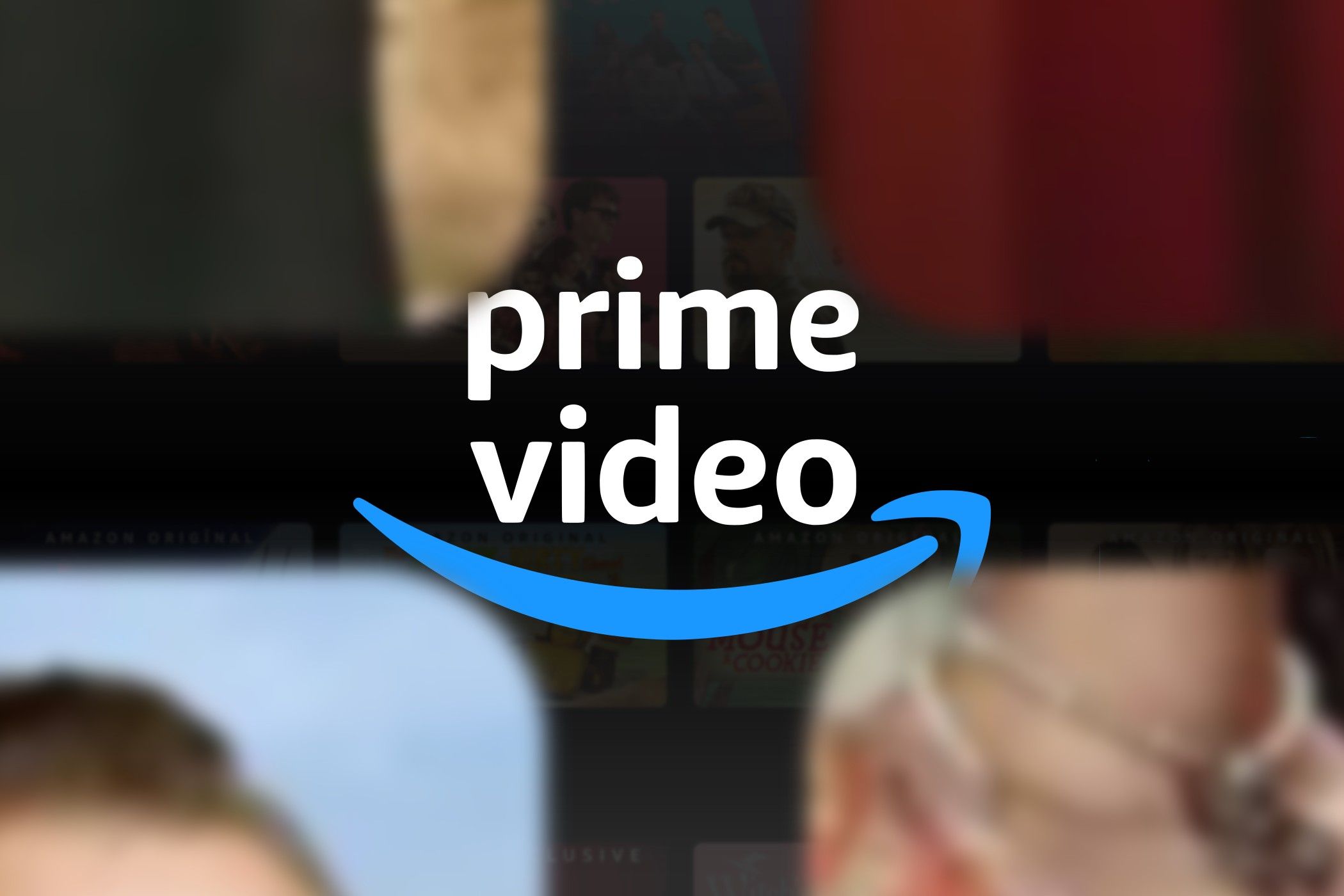
Amazon kicked off the new year by filling its Prime Video service with ads. Now, in the face of user complaints, Amazon is doubling down with a slew of “interactive” ads. These ads extend beyond the normal commercial break and will appear on the pause menu.
As described in a press release, Prime Video will encourage users to shop during advertisements through the use of interactive “carousel,” “pause,” and “trivia” ads. Carousel ads are pretty straightforward—you can shop for stuff on your TV during ad breaks. Once you enter the carousel (by pressing a certain button on your remote), the ad will pause so you can shop around. Once you exit the carousel, the ad will resume.
Interactive pause ads offer an “extended engagement opportunity beyond a typical ad break.” You pause a show or movie, and a product appears on-screen with “buy now” and “learn more” buttons. Amazon says that these ads will sit on the pause menu “for as long as the content is paused.”
Things get a little weird with Amazon’s “brand trivia ads,” which are tailored to specific shows, movies, and live sports content. Basically, these ads will hook customers with an entertaining trivia question and create a path to shopping on Amazon. Trivia ads may also offer special “rewards,” such as Amazon account credits, to encourage user interaction. It’s unclear whether these ads will interrupt your programming or simply appear during the ad break.
“Interactive pause ads, which enable customers to discover and engage with brands when they decide to pause the show or movie they’re streaming. When viewers press pause on their living-room remote, they will see a translucent ad featuring brand messaging and imagery, along with an “Add to Cart” and “Learn More” creative overlay. ”
Amazon previously claimed that Prime Video would have a “smaller ad load” than other streaming platforms. Presumably, the company was referring to ad breaks, rather than advertisements as a whole. I’m curious to see how the introduction of pause-menu ads will shape users’ perception of the Prime Video service and its value. The trivia ads, if done in an obnoxious way, could actually be more annoying than the pause-menu ads.
In any case, the future of streaming is ads. Streaming platforms are transitioning to an ad-supported model because it’s more profitable than a simple monthly fee. And Amazon isn’t the only company that’s trying to find strange, annoying ways to shove advertisements down peoples’ throats—Roku recently submitted a patent for an ad-insertion method that works across all of a TV’s HDMI inputs.
I should note that Amazon has a unique advantage in the ad-streaming space—it knows a lot about its customers. The Amazon storefront collects data based on how you shop, Alexa smart home products log every command you make, and over 25% of the web is powered by AWS cloud services. Targeted advertising, which leverages private user data, is a cash cow. That’s why Amazon reported $46.91 billion in advertising revenue last year.
For reference, a standalone Prime Video subscription is currently $9 a month. Customers who want ad-free Prime Video must pay an extra $3, which brings the service to $12 a month. Admittedly, this is cheaper than most other ad-free streaming services, but it’s nearly the same price as a full-fat Amazon Prime membership. Amazon Prime is currently $15 a month and includes ad-supported Prime Video.
Source: Amazon

